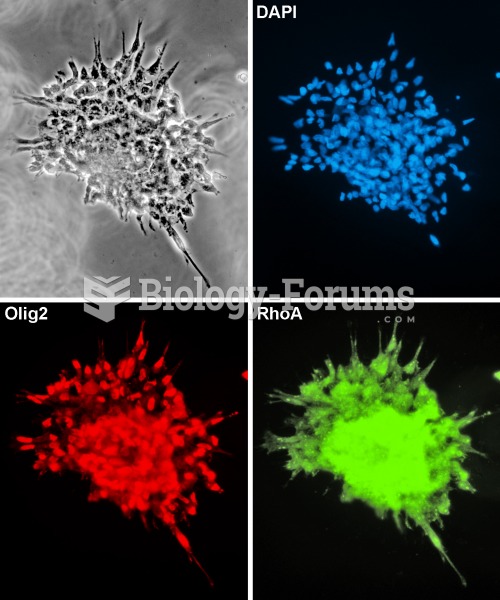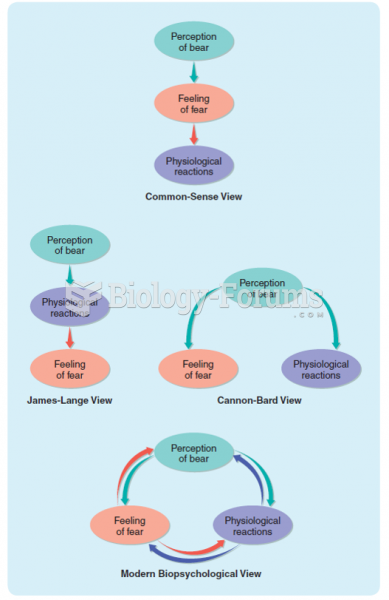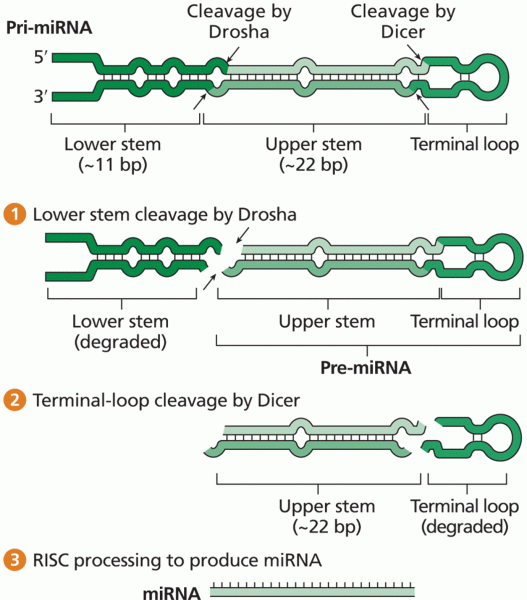This topic contains a solution. Click here to go to the answer
|
|
|
Did you know?
There are more sensory neurons in the tongue than in any other part of the body.
Did you know?
The horizontal fraction bar was introduced by the Arabs.
Did you know?
Medication errors are three times higher among children and infants than with adults.
Did you know?
More than one-third of adult Americans are obese. Diseases that kill the largest number of people annually, such as heart disease, cancer, diabetes, stroke, and hypertension, can be attributed to diet.
Did you know?
Earwax has antimicrobial properties that reduce the viability of bacteria and fungus in the human ear.







